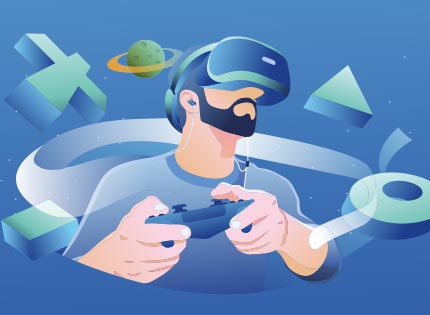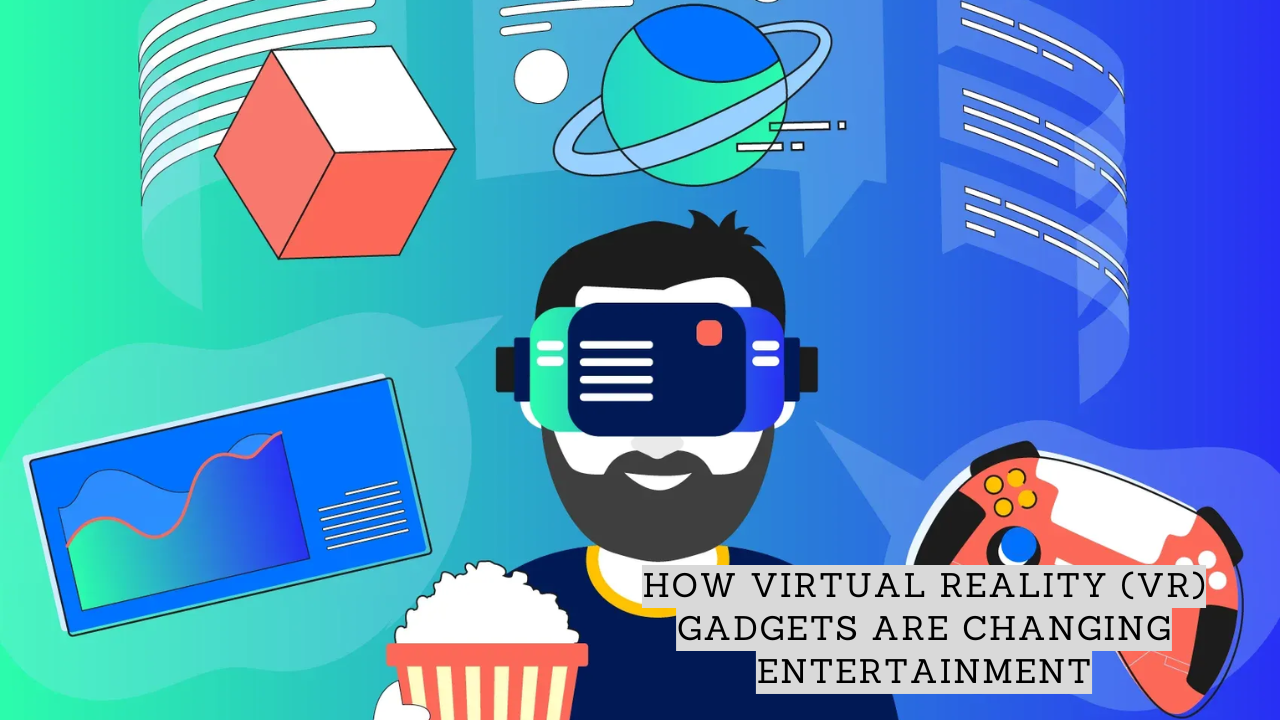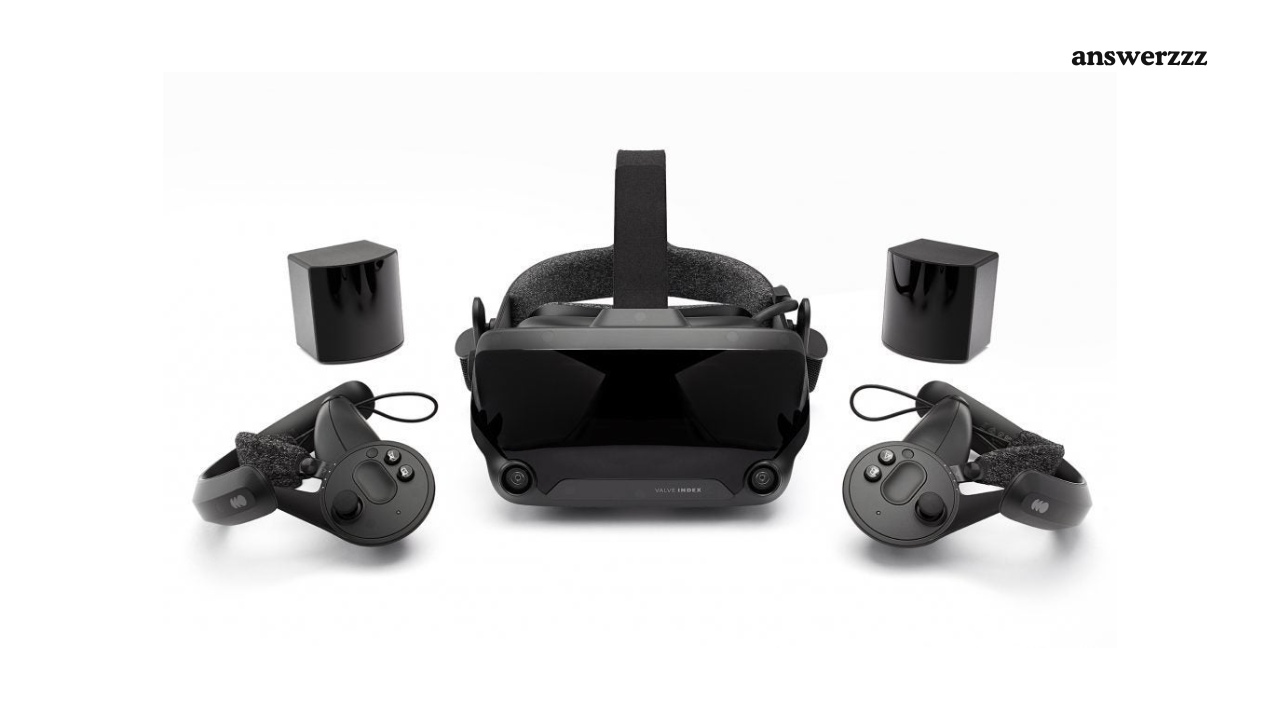Virtual reality (VR) has long been heralded as the future of technology, promising to transport users to immersive worlds that feel tangibly real. While VR was once confined to science fiction, recent technological advances have made this immersive technology widely accessible to consumers. As VR gadgets become increasingly advanced and affordable, their impact on the entertainment industry is profound. This article explores how VR is reshaping various forms of entertainment, from video games to movies, live events, and theme parks, as well as the challenges and future potential of VR in entertainment.
The Rise of Virtual Reality in Entertainment
The concept of virtual reality dates back to the mid-20th century, but it wasn’t until the 21st century that VR technology truly gained momentum. Early VR systems were bulky, expensive, and limited in functionality, often restricted to research and military use. However, with the advent of consumer-friendly VR devices like the Oculus Rift, HTC Vive, PlayStation VR, and more recently, standalone headsets like the Oculus Quest, VR has become more accessible to the general public.

These gadgets offer users a fully immersive experience, allowing them to step into virtual worlds and interact with digital environments in ways that traditional media cannot match. As a result, the entertainment industry has embraced VR as a new medium for storytelling and engagement.
VR in Video Gaming: A Paradigm Shift
Perhaps the most significant impact of VR gadgets on entertainment has been in the realm of video gaming. Traditional video games are typically experienced on a 2D screen, but VR gaming allows players to step inside the game world and experience it from a first-person perspective. This level of immersion creates a sense of presence, where players feel as though they are truly inside the game.
Immersive Gameplay Experiences
VR gaming is revolutionizing the way games are played. With VR headsets, players can physically move around, interact with objects using hand controllers, and explore 360-degree virtual environments. This creates a level of immersion that goes beyond the traditional gaming experience, making players feel like they are part of the game world. Games like “Beat Saber,” “Half-Life: Alyx,” and “The Walking Dead: Saints & Sinners” have demonstrated the potential of VR to create thrilling and engaging experiences that would be impossible on a flat screen.
Moreover, VR gadgets are now equipped with features like haptic feedback, spatial audio, and eye-tracking, further enhancing the realism of the gaming experience. For example, the PlayStation VR2 uses eye-tracking technology to make in-game interactions more intuitive, allowing players to aim or select objects just by looking at them.
Fitness and VR Gaming
An emerging trend in VR gaming is the integration of physical activity. Games like “Supernatural” and “Pistol Whip” turn exercise into an engaging activity by combining fitness routines with immersive gameplay. Players can work out in stunning virtual environments, which has made VR a popular tool for those seeking to combine entertainment with fitness. This fusion of gaming and exercise is particularly appealing in a world where home-based fitness solutions are in high demand.
Social Gaming in VR
VR also brings a new dimension to social gaming. Multiplayer VR games allow players to interact with friends and strangers in virtual environments, making it possible to socialize and compete in ways that mimic real-world interactions. Social VR platforms like “VRChat” and “Rec Room” allow users to create avatars, visit virtual worlds, and engage in activities like painting, sports, and puzzle-solving with other users. These experiences create a sense of community and presence that traditional multiplayer games cannot replicate.
Movies and TV: A New Frontier for Storytelling
Beyond gaming, VR gadgets are transforming the way we experience movies and television. Traditionally, films and TV shows have been a passive experience where viewers sit back and watch the story unfold. However, VR allows for a more interactive and immersive approach to storytelling.
VR Cinema: Immersive Storytelling
VR cinema takes storytelling to a whole new level by placing the viewer inside the narrative. With 360-degree cameras and VR headsets, filmmakers can create experiences where the viewer feels like an active participant in the story. Instead of being confined to a single point of view, users can look around and explore the environment, choosing where to focus their attention.
Films like “The Invisible Man” and “The Limit” have experimented with this form of storytelling, allowing viewers to experience the story from a first-person perspective. VR cinema is particularly effective in genres like horror, where the sense of presence and immersion can heighten tension and fear. The ability to make the viewer feel as though they are truly part of the story creates a deeper emotional connection and engagement with the narrative.
VR TV Shows and Episodic Content
In addition to VR films, episodic VR content is becoming more popular. Shows like “Invisible” and “Breaking Fourth” are designed specifically for VR platforms, offering viewers a unique way to experience episodic narratives. These shows often incorporate interactive elements, allowing viewers to influence the story or explore the virtual environment. As VR technology continues to evolve, we can expect more TV shows to be designed with this medium in mind, offering new forms of interactive storytelling.

Live Events in VR: Bringing Concerts and Sports to Your Living Room
Another area where VR is making a significant impact is in live events, such as concerts, sports events, and theatre performances. VR gadgets are making it possible for users to experience live events from the comfort of their own homes, all while feeling as though they are in the front row or even on stage.
VR Concerts and Music Experiences
Musicians and artists have started to experiment with VR as a way to reach audiences in new and exciting ways. Platforms like Wave and NextVR have hosted virtual concerts where users can attend live performances in virtual reality. These concerts allow fans to experience the event from different vantage points, whether it’s from the audience or even backstage.
One notable example is Travis Scott’s virtual concert in “Fortnite,” which drew millions of viewers. While not strictly VR, the event demonstrated the potential for virtual spaces to host large-scale live performances. As VR technology becomes more integrated with music platforms, we can expect more artists to use VR as a tool for creative expression and fan engagement.
VR Sports: The Next Best Thing to Being There
For sports fans, VR offers the next best thing to attending a game in person. VR sports platforms like NextVR allow users to watch live games from a virtual seat in the stadium. With 360-degree views and spatial audio, fans can experience the excitement of the game as if they were there.
In addition to live broadcasts, VR is being used to enhance sports training and simulation. For example, professional athletes use VR training systems to practice their skills in virtual environments, allowing for more detailed analysis and feedback.
Theme Parks and Attractions: Redefining Thrills
VR is also making its way into theme parks and amusement attractions, where it is used to create thrilling experiences that go beyond traditional rides. VR roller coasters, for example, combine physical motion with virtual environments to create rides that can be easily reprogrammed to offer new experiences without changing the physical infrastructure.
VR Roller Coasters and Simulations
Several theme parks have integrated VR into their roller coasters, providing riders with immersive environments that change depending on the theme of the ride. Six Flags was one of the first to introduce VR roller coasters, where riders wear VR headsets while on the ride, synchronizing the virtual world with the physical motion of the coaster.
These VR experiences can transport riders to alien worlds, futuristic cities, or fantasy realms, creating a sense of adventure and excitement that traditional rides can’t replicate. As VR technology continues to improve, we can expect more theme parks to adopt this technology to enhance their attractions.
VR Escape Rooms and Interactive Attractions
VR has also given rise to new forms of interactive attractions, such as VR escape rooms and immersive simulations. These experiences allow participants to work together to solve puzzles and complete challenges in a virtual environment. Unlike traditional escape rooms, which are confined to physical spaces, VR escape rooms can offer a much broader range of experiences, from exploring ancient ruins to surviving a zombie apocalypse.
Challenges and Limitations of VR in Entertainment

While VR is undoubtedly transforming entertainment, it is not without its challenges. One of the primary obstacles is the cost of VR gadgets, which can be prohibitive for some consumers. High-end VR systems, such as the Valve Index or HTC Vive, can cost hundreds of dollars, making them less accessible to the average consumer. However, the rise of standalone devices like the Oculus Quest has helped lower the barrier to entry.
Another challenge is the issue of motion sickness, which affects some users when using VR for extended periods. As the technology continues to improve, developers are working on ways to reduce motion sickness through better frame rates, field of view adjustments, and motion tracking.
Finally, content availability remains a limitation. While the number of VR games, movies, and experiences is growing, it still pales in comparison to traditional entertainment mediums. However, as more creators embrace VR as a storytelling tool, this is likely to change.
The Future of VR in Entertainment
The future of VR in entertainment is incredibly promising. As technology continues to evolve, we can expect VR gadgets to become even more advanced, with higher resolutions, better motion tracking, and more realistic haptic feedback. This will further enhance the level of immersion and realism in VR experiences.
Moreover, as 5G technology becomes more widespread, it will enable faster and more stable connections for streaming VR content, making it easier for users to access high-quality VR experiences without the need for powerful hardware.
In the long term, we may also see the rise of augmented reality (AR) and mixed reality (MR) as complementary technologies to VR, offering new forms of immersive entertainment that blend the virtual and physical worlds.
Virtual reality gadgets are revolutionizing the entertainment industry by offering immersive and interactive experiences that were once thought to be the stuff of science fiction. From video games and movies to live events and theme parks, VR is reshaping the way we engage with entertainment. While there are challenges to overcome, the future of VR in entertainment is bright, with endless possibilities for innovation and creativity. As technology continues to advance, VR gadgets will play an increasingly central role in shaping the future of entertainment, offering experiences that blur the line between the virtual and real worlds.




